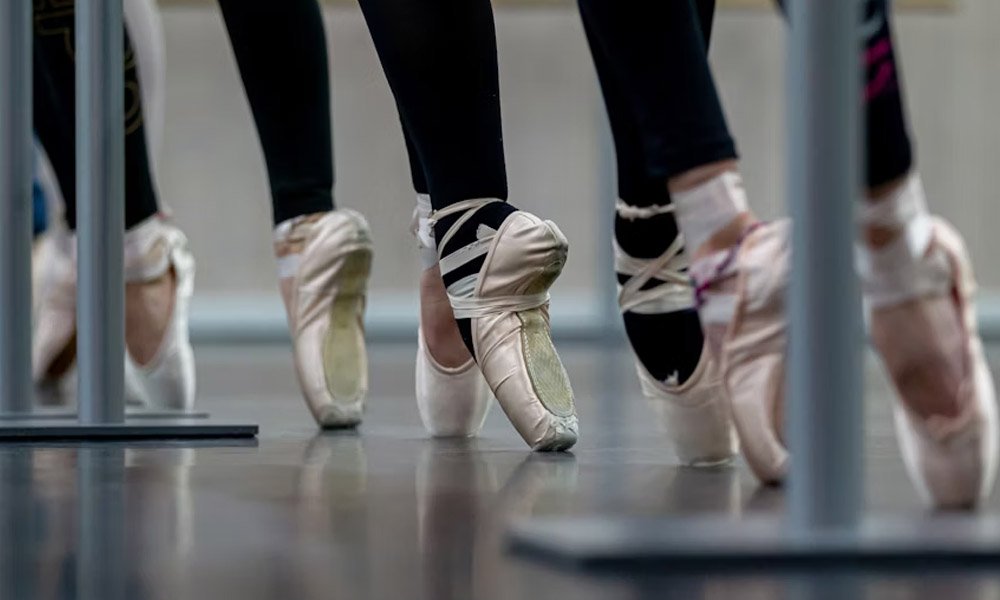Selecting the ideal pair of ballet shoes is a crucial step in the journey of any young dancer. Proper footwear not only ensures comfort and safety but also enhances performance on the dance floor. This guide explores various aspects that should be considered when choosing ballet shoes for young enthusiasts.
Understanding Ballet Shoe Types
Ballet shoes primarily fall into three categories: full-sole, split-sole, and pointe shoes. Full-sole shoes offer more support and are typically recommended for beginners as they help develop foot strength. Split-sole shoes, on the other hand, offer greater flexibility and are preferred by more experienced dancers as they allow for more articulate foot movements. Pointe shoes are reserved for advanced dancers who have developed the necessary strength and technique.
Materials and Their Significance
Common materials used for ballet shoes include canvas, leather, and satin. Leather shoes are durable and provide excellent support, making them suitable for young dancers. Canvas shoes are lightweight and breathable, allowing for quick dry times and increased comfort during intense practice sessions. Satin shoes are often used during performances for their elegant appearance but may not offer the same durability as leather or canvas.
The Importance of a Proper Fit
A proper fit is paramount when selecting ballet shoes. Poorly fitting shoes can lead to discomfort and potential injury. The shoe should fit like a glove, with no extra room in the toe or heel areas. It is important to measure the dancer’s feet accurately and account for growth, as children’s feet can grow rapidly.
Considerations for Growing Feet
For young dancers, allowing room for growth is essential. While the fit should be snug, there should be some room for the toes to move freely. Parents and instructors should regularly check the fit of the ballet shoes to ensure they continue to meet the dancer’s needs as they grow.
Evaluating Comfort and Support
Comfort and support are critical factors in choosing ballet shoes. The shoes should provide sufficient cushioning in the sole to prevent foot fatigue during long practices and performances. Additionally, the heel should provide stability without being too restrictive.
Flexibility and Freedom of Movement
The ability to move freely is vital in ballet. Split-sole shoes are often preferred by seasoned dancers for their enhanced flexibility, allowing for better articulation of the foot. Young dancers should start with shoes that support optimal balance as they develop their skills.
Aesthetics and Style Preferences
While functionality is the priority, the style and aesthetics of ballet shoes are also important to many young dancers. Ballet shoes come in a variety of colours and designs, allowing dancers to express their individuality. However, many dance schools have specific requirements regarding the colour and style of shoes, so it is always best to check with instructors before making a purchase.
Maintaining Ballet Shoes
Proper maintenance of ballet shoes can extend their life and maintain their performance quality. Shoes should be kept clean and dry, with any dirt or scuffs gently cleaned with a damp cloth. Regular maintenance prevents excessive wear and tear, especially on leather and satin shoes.
The Role of Instructors and Retailers
Instructors and retailers play a critical role in guiding young dancers and their parents in choosing the right ballet shoes. Professional advice can help in selecting shoes that best fit the dancer’s level and physical needs. Retailers often have the knowledge and expertise to provide fitting services, ensuring that each dancer gets the most out of their footwear.
The Psychological Impact of Proper Footwear
Wearing the right ballet shoes can have a positive psychological effect on young dancers. The confidence that comes from knowing their shoes fit well and support their movement can encourage better performance and a more enjoyable dance experience.
Environmental Considerations
As with all clothing and footwear, environmental considerations are becoming increasingly relevant. Choosing ballet shoes made from sustainable materials can reduce the ecological impact. Several brands focus on environmentally friendly practices, offering shoes that are both supportive and sustainable.
Budget Considerations
Cost can be a significant factor in choosing ballet shoes. While it might be tempting to opt for cheaper options, investing in quality footwear can prevent injuries and improve performance, making it a worthwhile investment in the long run. Parents should evaluate the balance between cost and quality to make informed decisions.
Advancements in Design and Technology
Recent advancements in design and technology have led to new materials and constructions that enhance the comfort and performance of ballet shoes. Technical fabrics that offer improved breathability and support are becoming more common, allowing dancers to benefit from the latest innovations.
Conclusion: Making an Informed Choice
Ultimately, choosing the perfect ballet shoes involves considering a multitude of factors, including type, material, fit, comfort, and style. With the guidance of instructors, parents, and knowledgeable retailers, young dancers can find shoes that are both functional and appealing, enhancing their overall dancing experience. Keeping abreast of new developments and maintaining a focus on fit and comfort can help ensure that each dancer is suitably equipped to chase their passion for ballet.

 News2 months ago
News2 months ago
 Health2 years ago
Health2 years ago
 Technology2 years ago
Technology2 years ago
 Celebrity2 years ago
Celebrity2 years ago

















